The big, white house at 1600 Pennsylvania Avenue is recognized all over the globe as a symbol of power and status. It’s the home of the President of the United States, so, of course, its 132 rooms are filled with rich rugs, elegant furnishings, notable artwork, and irreplaceable historic items. But where does a President live when they’re not in the White House? The choices are as varied as the Presidents themselves. Some choose relatively understated family homes while others opt for sprawling, multi-building complexes. Here’s a look at five Presidents’ homes that are open to the public.
Presidents’ Homes to Visit
Monticello

In Charlottesville, Virginia, the home of the third President, Thomas Jefferson, looks today much as it did when Jefferson died in 1826. Its Neoclassical design—spearheaded by Jefferson—has earned it the designation of a UNESCO World Heritage site, a rarity in the United States. Guests can see many of the distinguishing elements on a visit to the historic presidential home, which was once the centerpiece of a busy 5000-acre plantation.
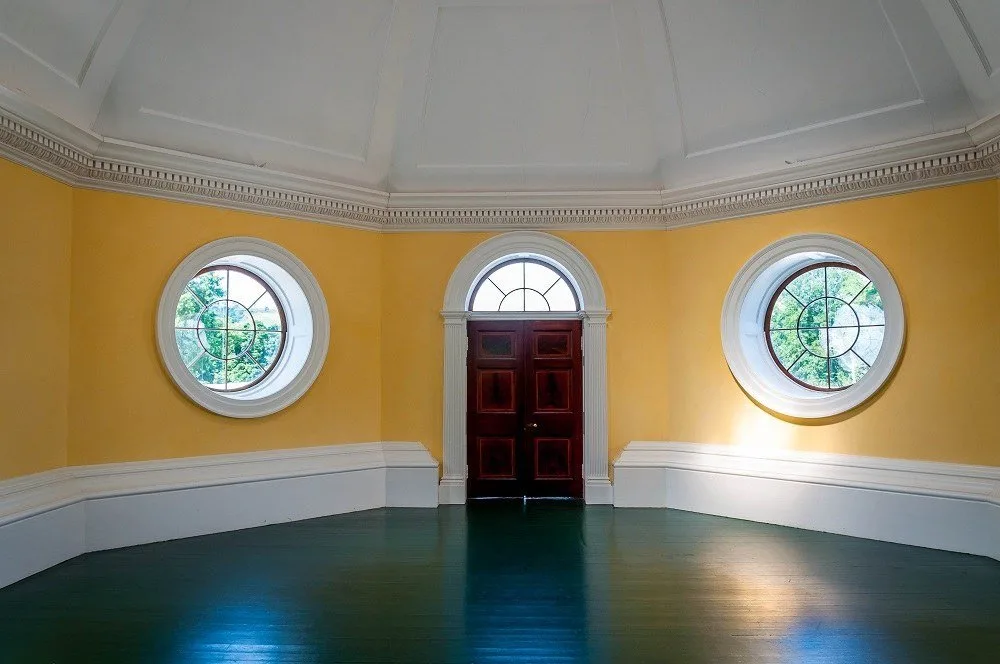
A tour through Monticello sheds light on the life of this complex statesman—an inventor, an attorney, a legislator, a Francophile, and a scholar. In addition to Jefferson’s many contributions as the author of the Declaration of Independence, a Vice President, and President, visitors learn about the family man behind the public persona.
The tour also presents a realistic look at Jefferson’s life as a slave owner, including his much-discussed relationship with slave Sally Hemings. An app, Slavery at Monticello, introduces visitors to the enslaved people who lived on the plantation and discusses their daily lives.
There are several different tour options. The House Tour is 30 minutes and covers the eight rooms on the ground floor. Alternatively, the Behind the Scenes Tour (90 minutes) visits the ground floor as well as the second and third floors. There are also specific tours related to the Hemings family and slavery at Monticello as well as tours of the gardens and grounds.
Texas White House
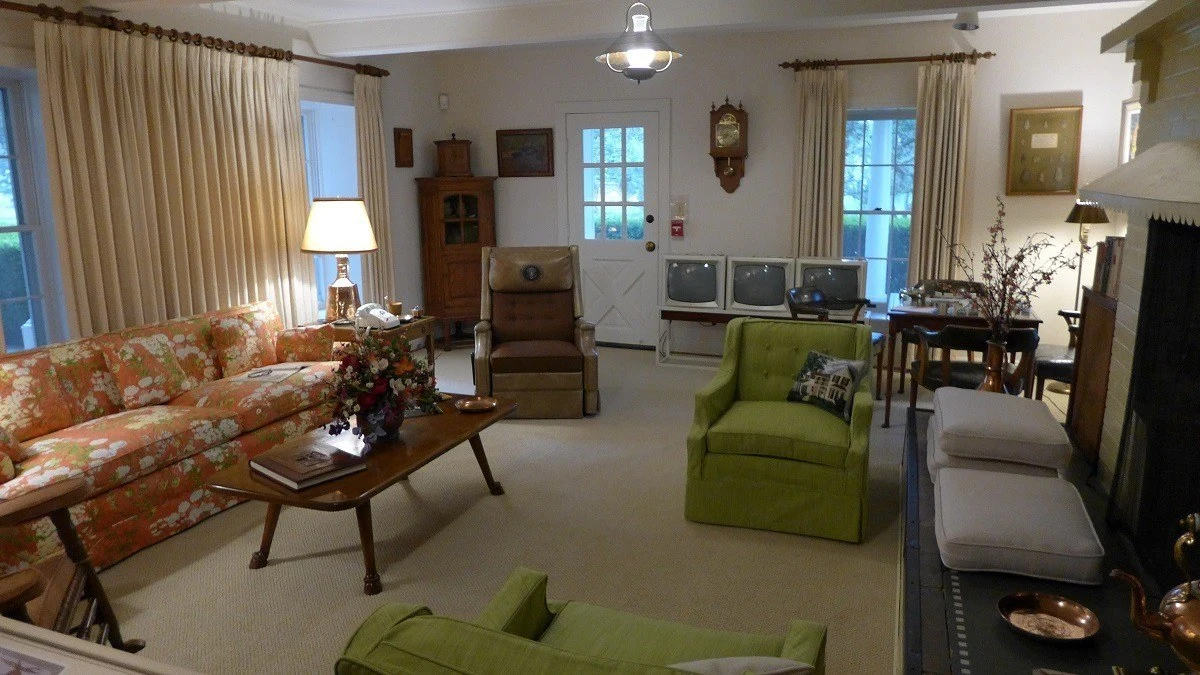
During his five years in office, Lyndon B. Johnson spent nearly as much time at an unassuming ranch house in Central Texas as he did in the White House. As a result, this presidential home became known as the Texas White House.
Located in tiny Stonewall, Texas, a little over an hour from Austin, the Texas White House is just one part of the grounds that have been turned into a state park. A visit here includes a self-guided drive of the LBJ Ranch that takes you to a replica of LBJ’s birthplace, his grandparents’ house, and the one-room schoolhouse he attended as a child. The main attractions come at the end of the drive—the airplane hangar that houses the presidential plane known as “Air Force One-Half” and the President’s home itself.
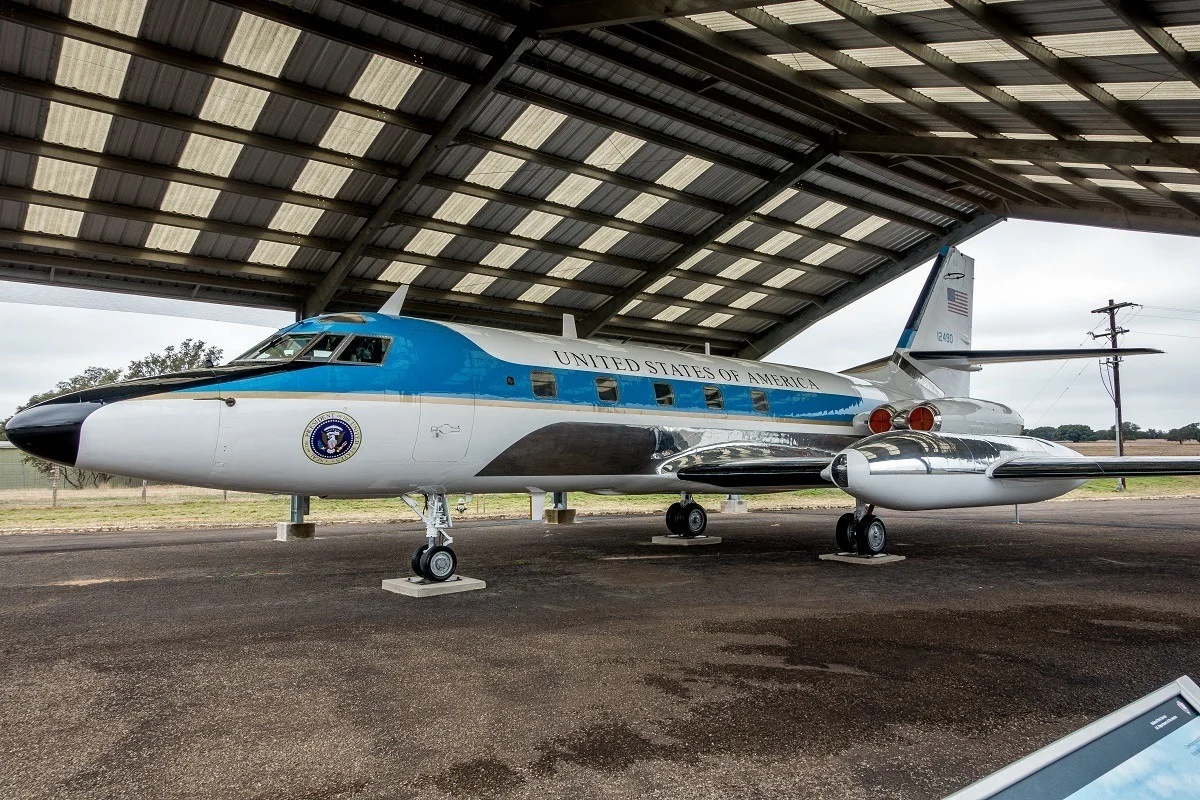
Inside the Texas White House, visitors can see Johnson’s office, which was set up as the control center when he was in town, the living room, kitchen, and family bedrooms. What stands out most is the normality of the place. With the exception of lots of telephones (LBJ didn’t like to be far from one) and a few Presidential seals, the house is quite typical for the 1960s.
Driving around the LBJ ranch is free and self-guided at your own pace. A guided tour of the Texas White House is only $3. Allow about an hour for the tour.
Eisenhower Homestead
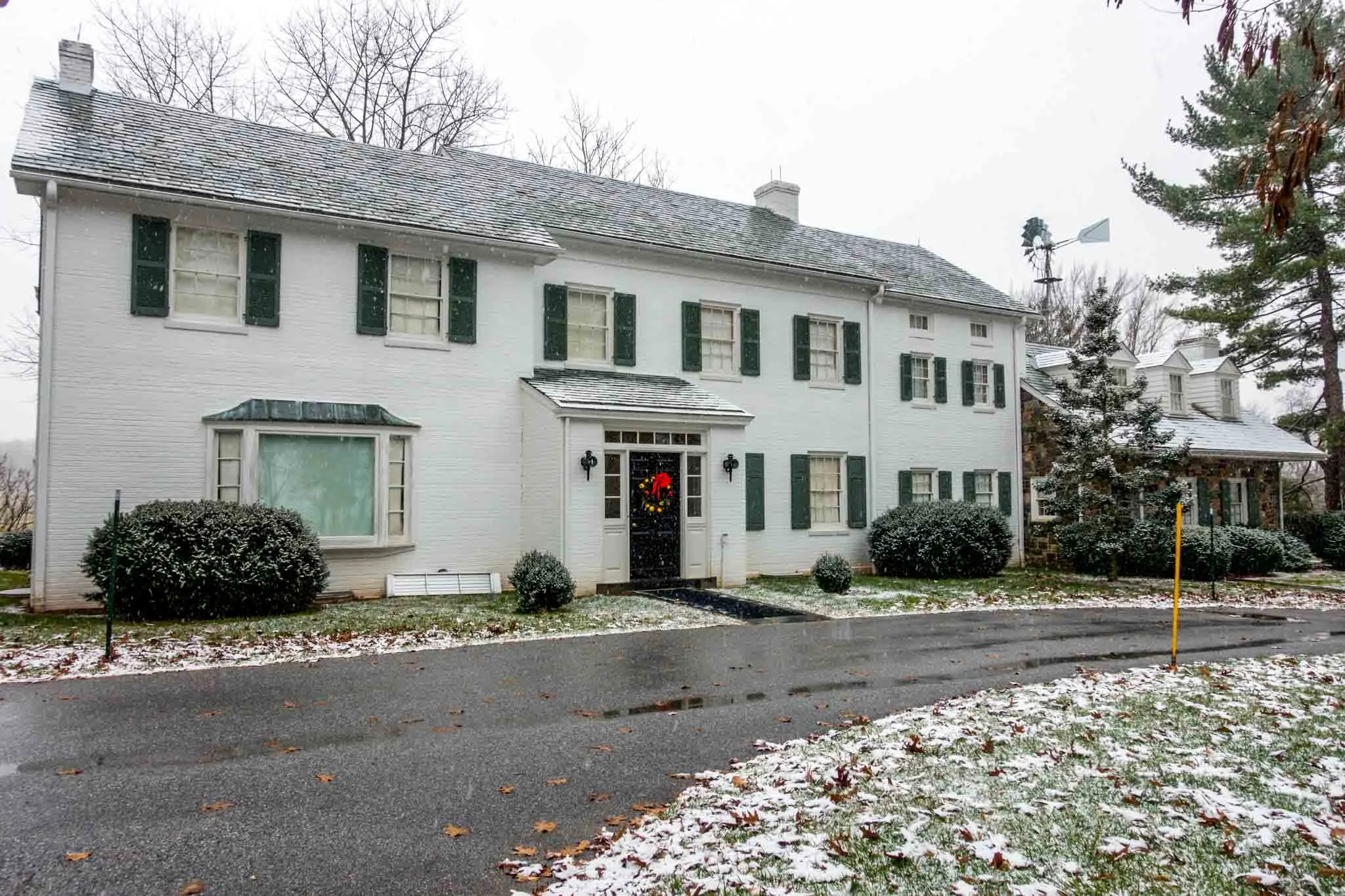
On 690 acres of farmland in Gettysburg, Pennsylvania, is the former home of President Dwight Eisenhower, known today as the Eisenhower National Historic Site. This rather normal two-story house and its surrounding cattle barns comprised the homestead of the 34th President of the United States from after World War II until his death in 1969. Despite its modest nature and rural location, the home hosted many foreign heads of state, including Soviet Premier Nikita Khrushchev, British Prime Minister Winston Churchill, and French President Charles de Gaulle.
Visitors arrive at the historic site by bus from the Gettysburg National Military Park Visitor Center. After a brief introduction to the grounds, guests are escorted into the Eisenhower’s formal parlor for more information before a self-guided tour of the rest of the house and grounds. As with the Johnsons in their home in Texas, most of the items on display were owned by the Eisenhowers, giving visitors a sense for their tastes and hobbies and the pop culture of the 1950s and ’60s.
Entrance to the homestead is $9, including transportation. Plan to spend about 1.5 hours visiting the house, cattle barns, and skeet shooting range.
The Hermitage
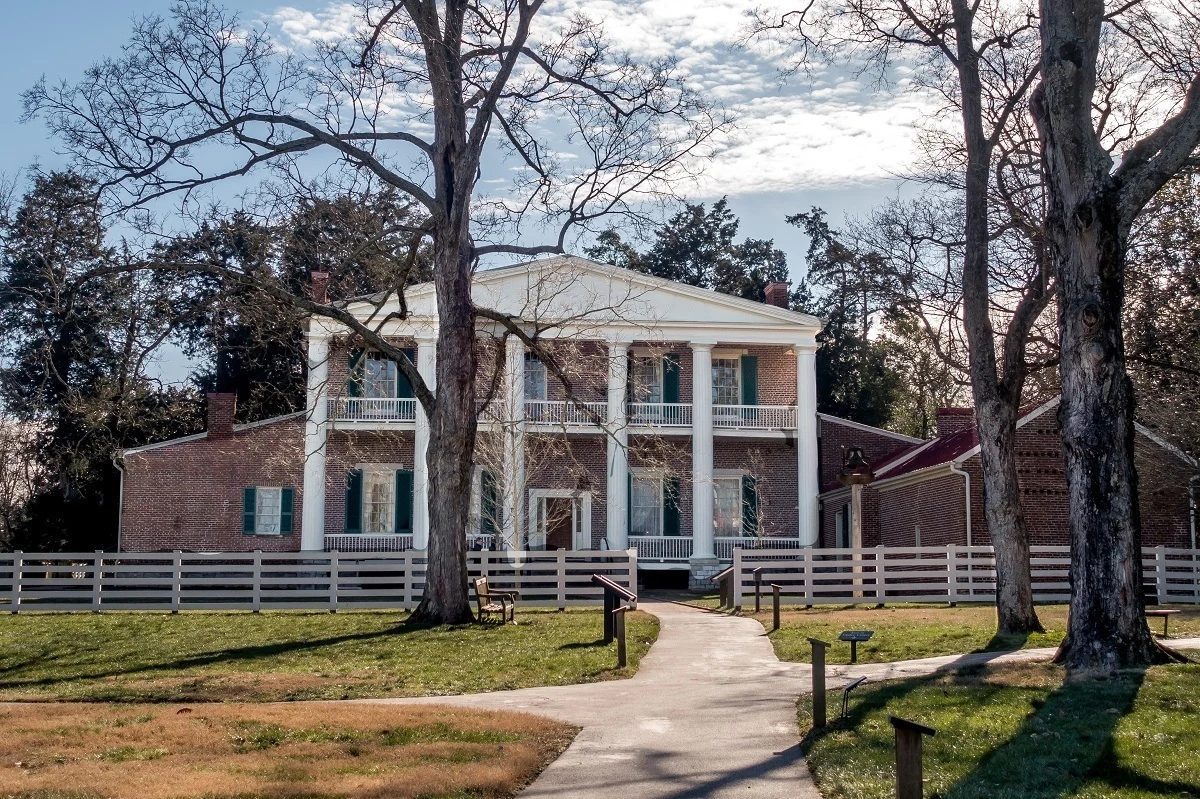
The Hermitage plantation was Andrew Jackson’s home from the time he bought it in 1804 until his death in 1845. During that time, the homestead just outside of Nashville took many forms, being added on to and reconstructed over the years. The 13-room Greek Revival structure that now stands was completed in 1836 near the end of his second term as the seventh President of the United States.
Today, the Hermitage property covers over 1100 acres, including the area for the mansion and garden, former cotton fields, and several 19th century cabins that housed the property’s many slaves. Decorated primarily with Jackson’s own possessions, the mansion is the most accurately-preserved of the early Presidents’ homes. The grounds still has a small patch of cotton planted so that visitors can sense the difficult work that the slaves were required to do daily.
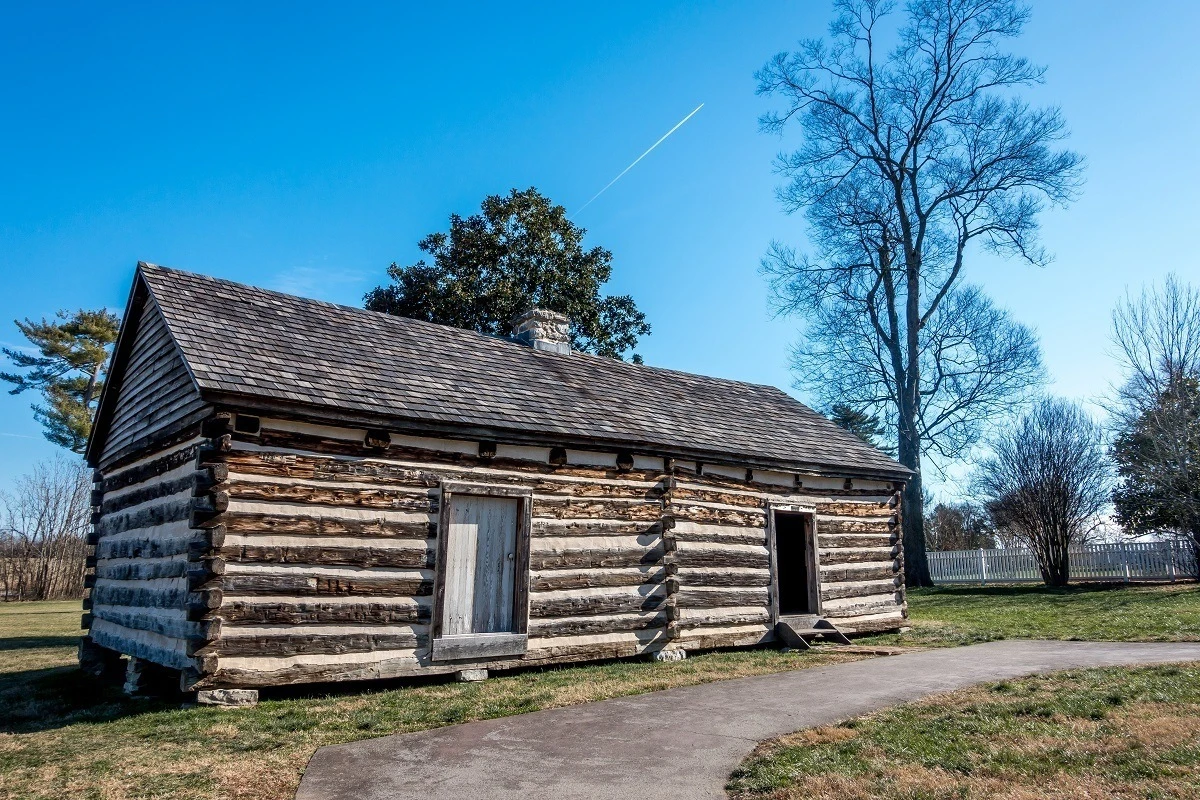
A tour here focuses on Jackson’s fiery and complex personality as well as some of the things that set him apart from his contemporaries—he was the first President born to immigrant parents, the last to serve in the Revolution, and the only one to have been a prisoner of war, among many other distinguishing traits.
Visitors to the Hermitage will also learn the stories of some of the enslaved people who lived on the property. There is a particular focus on “Uncle Alfred” Jackson, who was born into slavery at the Hermitage and worked there as a freedman after Emancipation, even giving tours after the mansion was opened as a museum. He is buried near the First Family, and his cabin stands just behind the mansion.
An adult ticket is $20, and tickets for children ages 6-12 are $10. A tour of the grounds is self-guided with an audio guide. A guided tour of the mansion takes about 25 minutes if there is no wait.
Mount Vernon
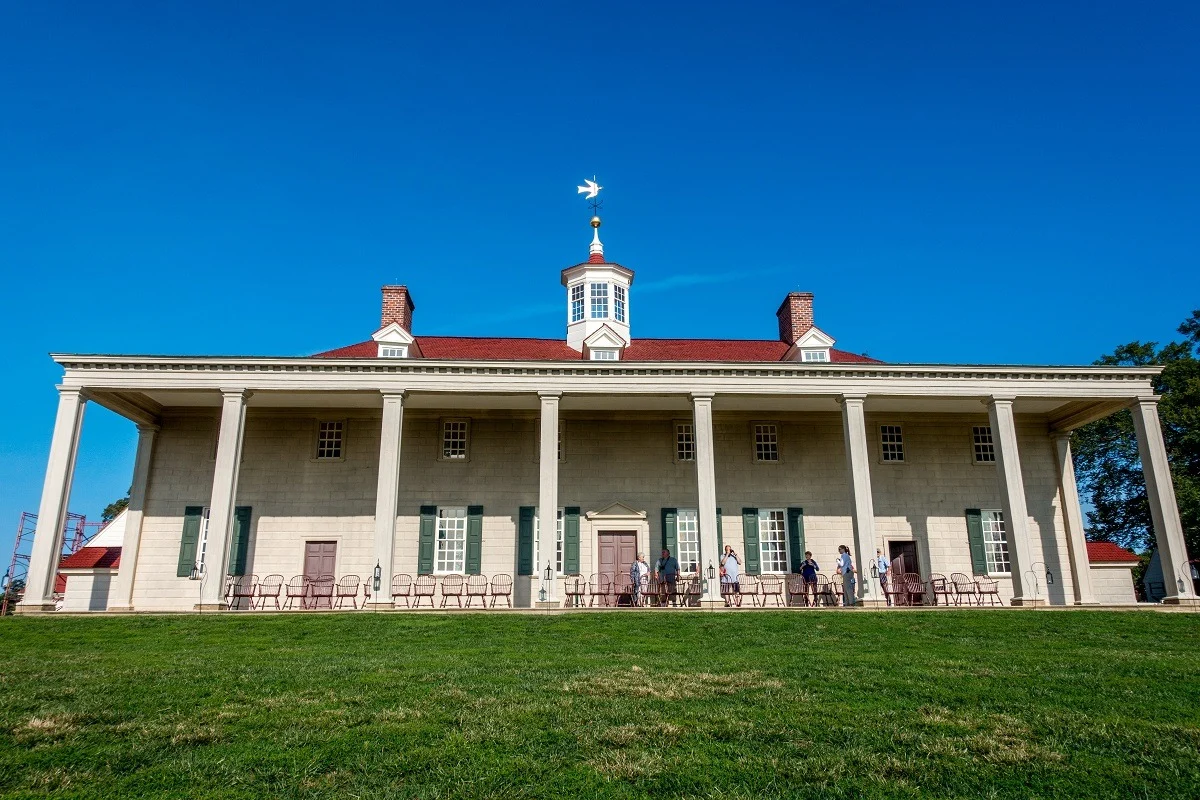
Mount Vernon began in 1735 when George Washington’s father, Augustine, built the one and one-half story farmhouse. America’s first President, George acquired the property in 1754 and began changing it into the 21-room mansion that exists today. Every architectural feature and landscaping decision the President made was done to reflect his status as gentleman farmer and ultimately as the leader of the United States.
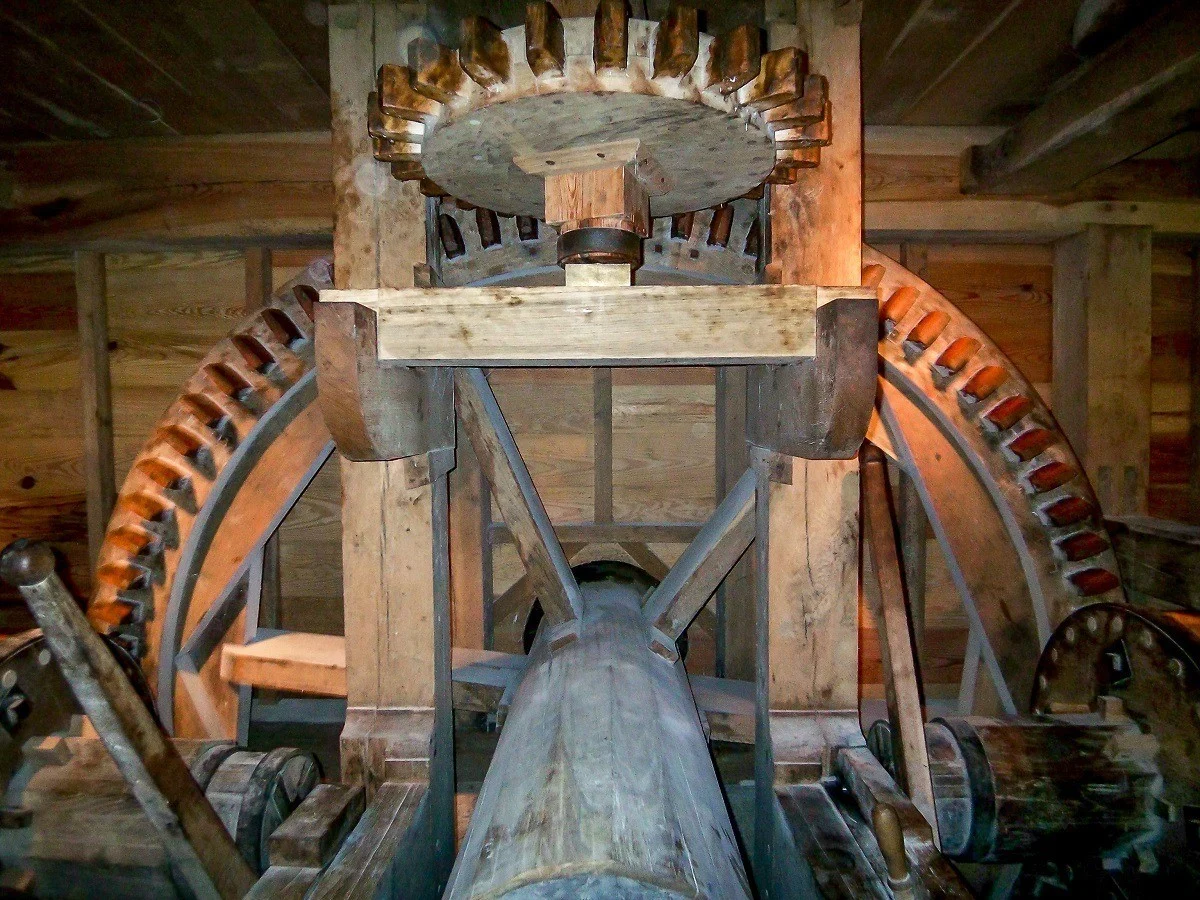
A visit to Mount Vernon today is a step back in time. Inside the main house, rooms such as Washington’s study, the dining rooms, and the kitchen have been restored to the way they looked when the Washingtons lived there. In addition, guests can walk through the gardens Washington painstakingly helped to design or see blacksmiths hard at work as they would have been in the 18th century. They can visit the gristmill where cornmeal and flour were ground daily 250 years ago and the reconstructed whiskey distillery Washington started in the 1790s.
As at the Hermitage and Monticello, visitors to Mount Vernon can learn about Washington as a slave owner and the lives of some of the hundreds of enslaved people who lived here. The remarkable thing about Mount Vernon is that there are always new exhibits and tours and sometimes even changes made to the buildings as research uncovers additional information about life on the estate.
Numerous kinds of tours are offered at Mount Vernon, including an in-depth tour of the mansion and a tour focused on the grounds. Specialty tours and prices are likely to change. Plan to spend at least a half-day at Mount Vernon, depending on how many sites you’d like to visit.
Have you ever visited a President’s home? What did you think of it?
Laura Longwell is an award-winning travel blogger and photographer. Since founding Travel Addicts in 2008, she has written hundreds of articles that help over 3 million people a year get the most out of their travel. In that time, she has visited nearly 60 countries on 5 continents, often returning to favorite destinations over and over again. She has a deep love of history, uncovering unexpected attractions, and trying all the good food a place has to offer.
In addition to Travel Addicts, Laura runs a site about her hometown of Philadelphia—Guide to Philly—which chronicles unique things to do and places to see around southeastern Pennsylvania. Her travel tips and advice appear across the web.
